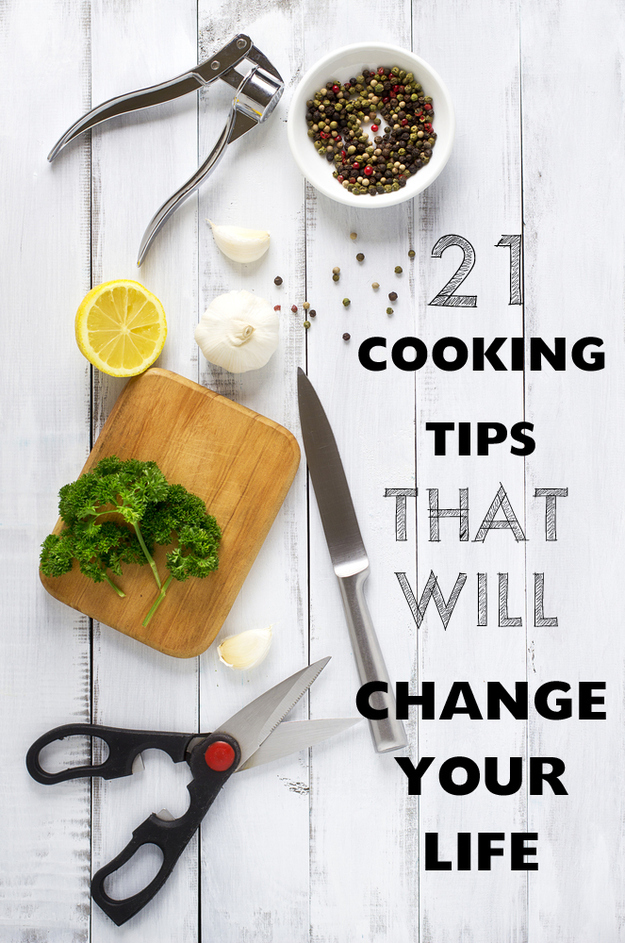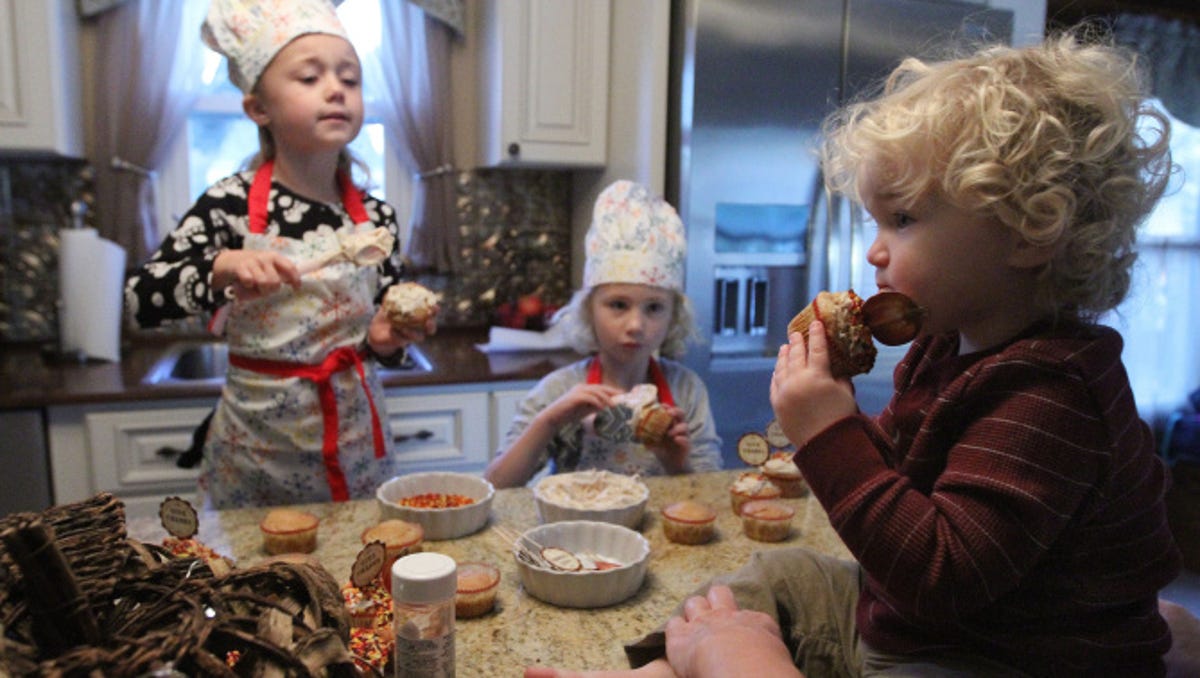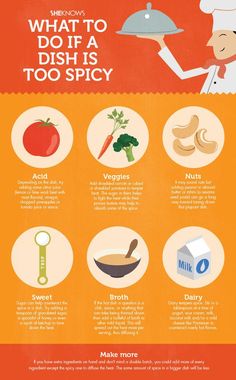
You can ensure safety in your kitchen by taking certain precautions. Safety precautions include not purchasing appliances with broken or faulty parts, and knowing the hazards that could be present in your kitchen. These can include electrical fires as well as choking hazards. Keep reading for more safety tips in the kitchen. Here are some of the top ones:
Fire hazards
The kitchen is one of the most dangerous places in the house. Serious injuries can result from common kitchen hazards. Most accidents can easily be avoided. However, some may be life-threatening. Fortunately, most kitchen accidents are easily prevented with a few common precautions. You should seek immediate medical attention if there is any injury. Even if it seems like only a minor ailment, you may be hiding an internal injury that may not be visible for days.
Electric fires
These fires can often be unpredicted, but you can avoid them with some basic safety precautions. Overloading an electrical outlet is not a good idea. You also should avoid overusing liquids and water near heat-generating equipment. Don't plug appliances that don't have water or liquids. It is important to avoid overloading outlets. This can lead to dangerous situations, and can even cause trip breaker.

Stoves
House fires are often caused by people leaving things unattended in the kitchen. Some people leave cooking items on the stove while they go for a walk or take a break. Make sure that you do not leave something near the stove, set a timer, and do not leave anything flammable nearby. Potholders are essential to catch any packaging falling on the stove.
Choking hazards
Choking in the home can pose many dangers. Even small objects can cause choke-ups in children. Parents should be vigilant about the safety of their children, and check behind couch cushions, under furniture, and other areas where a child can reach things. In addition to keeping choking hazards out of sight, parents should also know CPR and keep a phone nearby for emergencies. Childproofing cabinets and drawers is a good way to prevent children from choking in the kitchen. Children should be watched while they eat. Foods should be cut into 1/2 inch pieces.
Cross-contamination
Cross-contamination is a frequent problem in the kitchen. Cross-contamination is a problem that can result in dangerous bacteria being transferred to food. Whether a machine is being used to slice meat or a piece of glassware, cross-contamination is a serious problem. In 2008, a meat cutter was infected from listeria. Cross-contamination may not always be possible. There are still steps you can take to avoid cross-contamination in the kitchen.

Hand washing
Proper hand hygiene is an important part of food safety. Food safety requires employees to wash their hands frequently and often. It also requires rigorous training and the proper set-up of hand washing stations. Proper handwashing can dramatically reduce cross-contamination, and help to create safer environments for food production. Hand washing is crucial for food processing plant safety. It should be taught in training sessions and displayed prominently in the workplace. Hand-washing will also make your product cleaner and more healthy.
FAQ
What are the basic skills of cooking?
Basic cooking skills are the ability to read and follow recipes. These are the essential skills you will need to be able cook for yourself. Cooking is a great way save money as you don’t have to order take-out every day.
What is the difference between a chef & a cook?
A chef prepares meals for others. A cook cooks for others. While both jobs involve the preparation of food, a chef interacts directly with his customers. This may mean that they might have to choose what to cook for guests depending on their preferences. A cook doesn't need to interact with clients. Instead, the cook ensures that the food tastes great before serving it to customers.
How much does it cost to go to culinary school?
The costs of culinary school can vary depending on where and how long it takes. Average tuition costs between $10,000 and $30,000. The average student graduates with $20,000 in debt. Some programs offer work-study, grants, scholarships and grants.
What does it take to become a chef in the United States? What Is the Average Career Path?
The average time it takes to become a chef is five years. During this time, you will study basic cooking techniques and gain experience working as a kitchen assistant. Once you have completed your training, you may apply for executive, sous, and line chef positions. The salary range for a chef is between $25,000 to $60,000 per annum.
What are my options for learning about cooking?
There are numerous cooking classes offered across the country. Many schools offer courses in baking, pastry, and wine tasting. You can take a class at your local vocational school or community college if you are interested in learning more about cooking.
Statistics
- In the United States, the category is estimated at $23.2 billion annually and is growing faster than the market. (washingtonpost.com)
- On average, chefs earn $58,740 a year, according to the BLS. - learnhowtobecome.org
- under 10 Kids have been taught that there is special food just for them, and Fiese says that 10 percent of kids will throw a tantrum if they don't get the food they want. (washingtonpost.com)
External Links
How To
How to make a perfect eggroll
Omelets have always been a favourite food to eat for breakfast. But how do they turn out so perfectly? Many different recipes and methods have failed to work for me. So today, I want to share some tips and tricks with you so you can make your own delicious and fluffy omelets every morning.
First, eggs can be very temperamental ingredients for making omelets. It is important that eggs are fresh from an organic market and kept cool until used. They must be kept cool, otherwise the whites will not form properly and the yolks may become runny. This makes your omelets look weirdly colored. If you plan to cook the eggs right away, it is best to use room temperature eggs.
Another tip is to separate the egg before adding it to the pan. Because this could cause your omelet to become curdled, you don't want any yolk to be mixed with any white.
The egg can burn if it is placed directly on the stovetop. Instead, heat the egg for 10 seconds in the microwave before placing it in the pan. The microwave heat cooks your egg just right, without it becoming too soft.
Let's now talk about mixing eggs. When mixing eggs, it is important to thoroughly beat them. You can do this by turning the bowl of your mixer upside down. Now shake the bowl vigorously. By doing this, the egg is thoroughly mixed with the air in the bowl.
The fun part is now - adding the milk to the mixture. The first step is to pour half of the milk in the beaten eggs. Next, fold the eggs into the remaining milk. If you still see streaks of eggs, don't worry. These streaks will disappear once the omelet has been turned over.
After you have folded your eggs, heat up the oil on medium heat. Wait for it to get hot. When the oil is hot enough, add 1/4 cup butter to the pan. Stir it around until the butter covers the entire pan. The lid should be carefully opened. Sprinkle salt in the pan. An additional pinch of salt will prevent the omelet form sticking to your pan.
Once the omelet has formed, cover the pan again and wait for the top side to set completely. Use a spatula to flip the omelet or turn the pan upside-down. Cook the second side for a minute or so. Serve immediately after removing the omelet from its pan.
This recipe works best with whole milk, but skimmed milk also works.